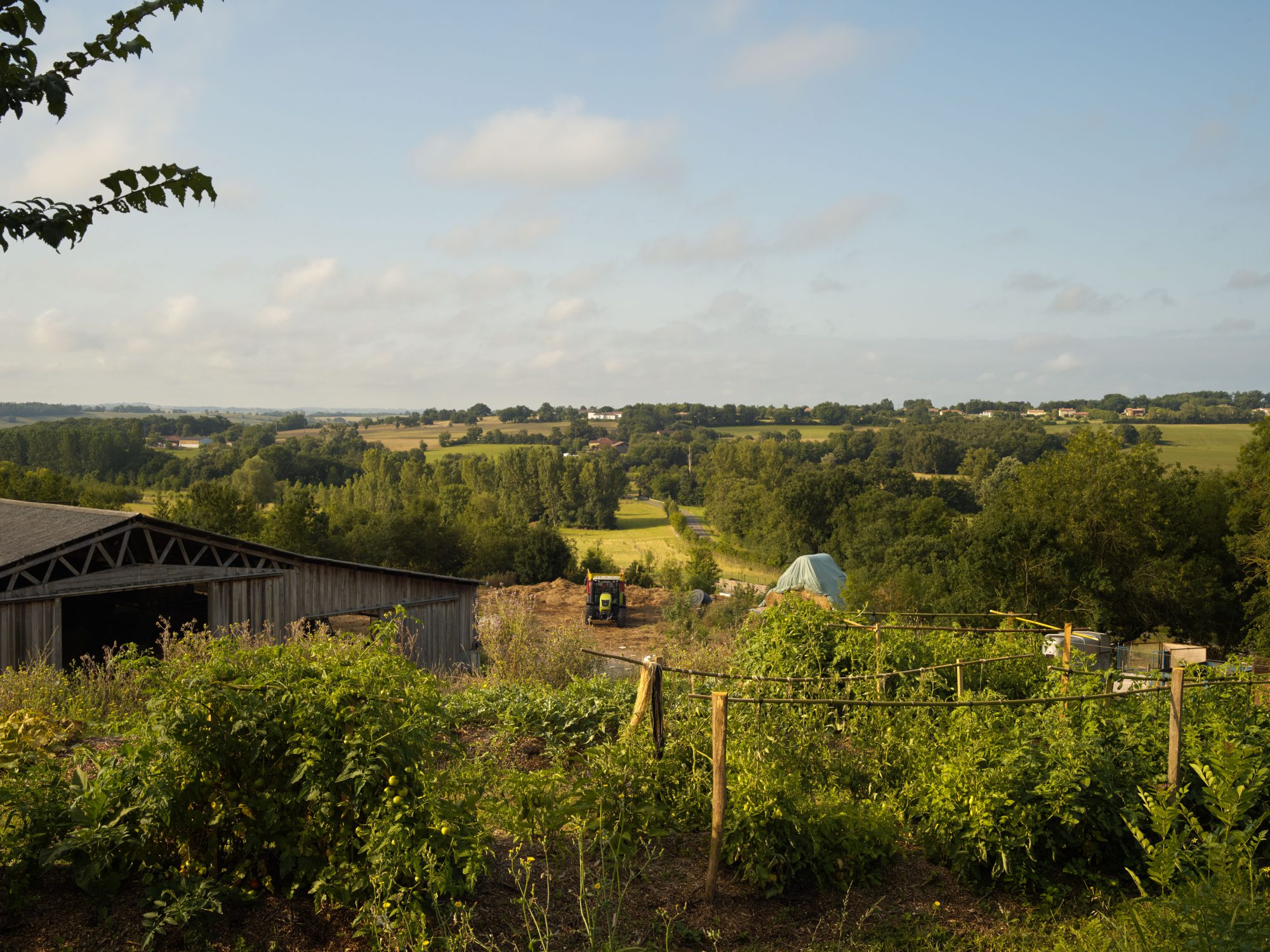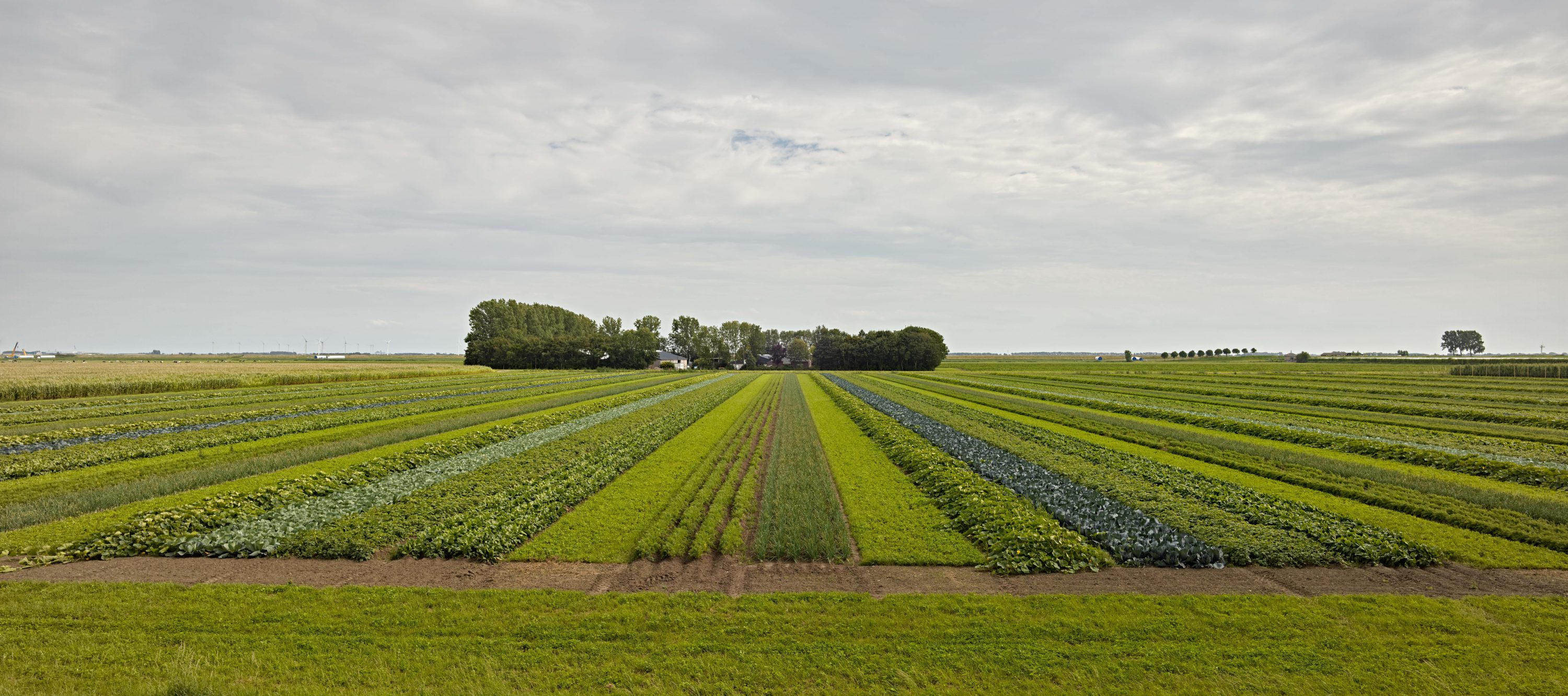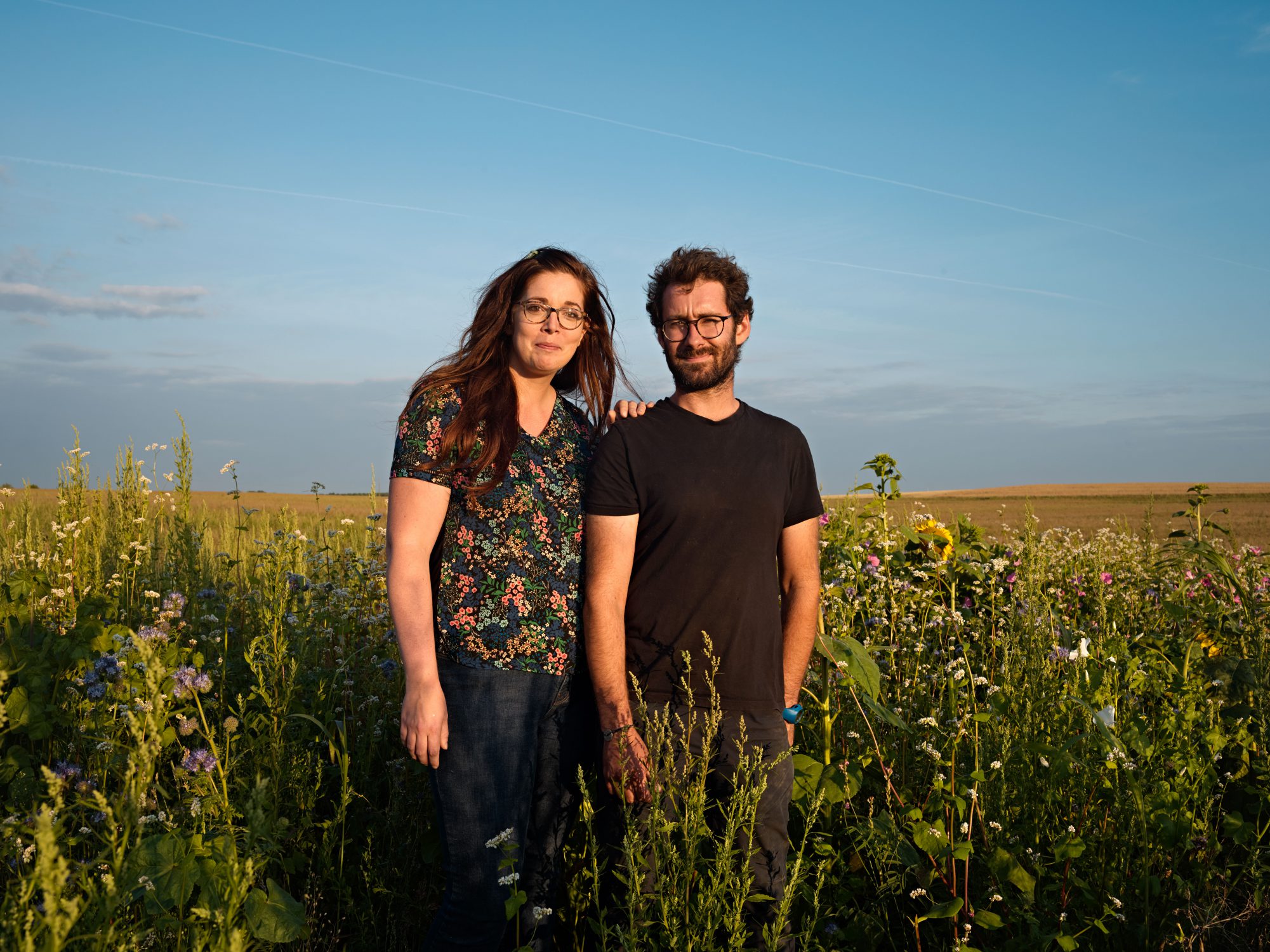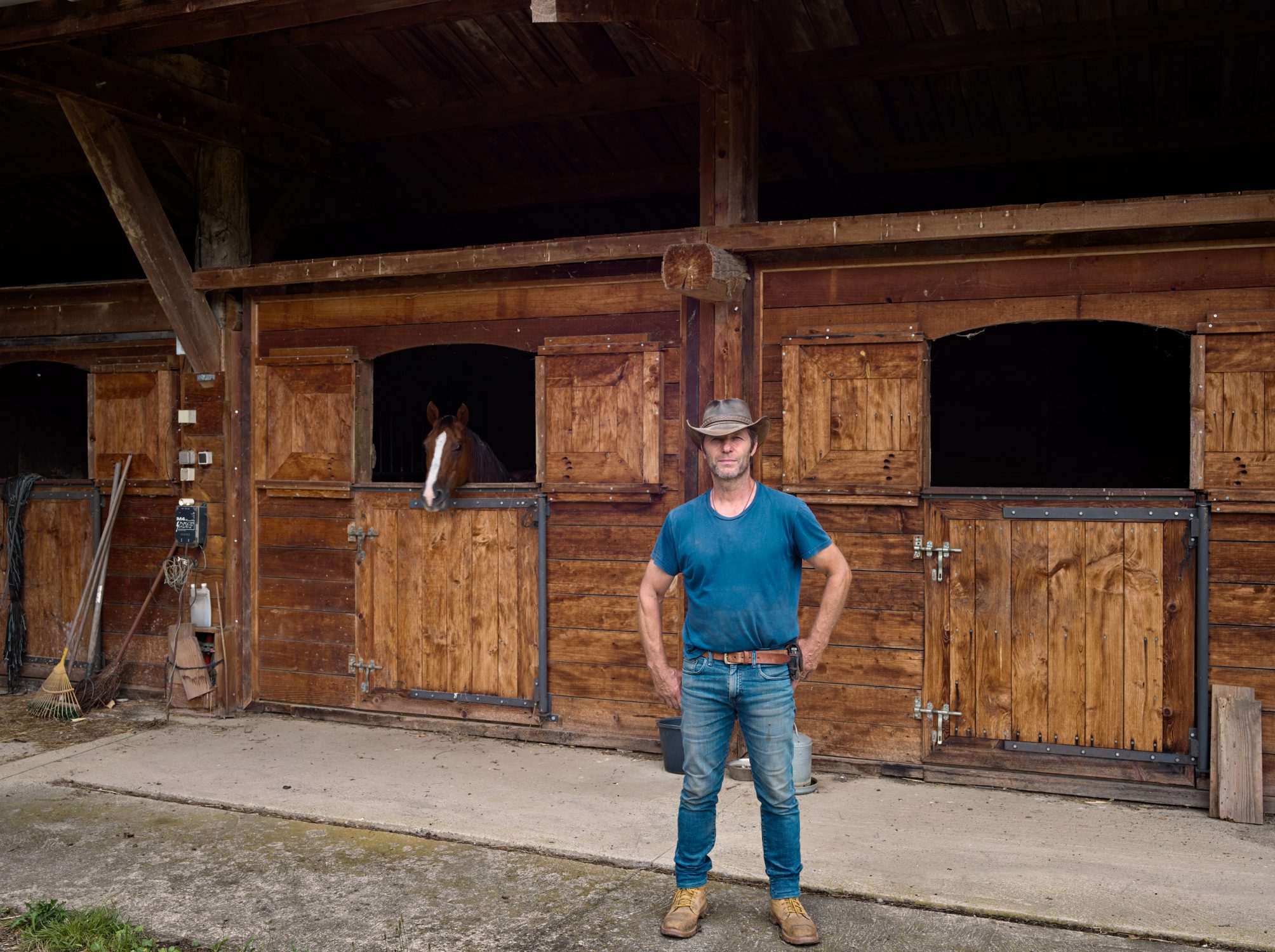
"What I want to leave to future generations is a piece of the earth that’s healthy in every respect."
Jack de Lozzo
Regenerative Farmer
Jack traces his passion for trees and his deep respect for the soil and the environment back to his childhood. He remembers the smell of freshly ploughed earth and has been fascinated by trees all his life. When he took over the conventional family farm from his father in 1986, it had already been converted to no-till farming several years before. In 1997 Jack developed contacts in the worlds of forestry and agroforestry. He clicked immediately with the practitioners of agroforestry and gradually integrated various agro-ecological practices into the farm. These included avoiding soil disturbance, increasing soil fertility, increasing functional biodiversity, preserving water supplies, promoting genetic diversity, increasing the autonomy of the herd and adapting to climate change.
Jack has many ongoing projects and is continually experimenting and learning.
To Jack it’s simple:
“What I want to leave to future generations is a piece of the earth that’s healthy in every respect.”
An autonomous farmer
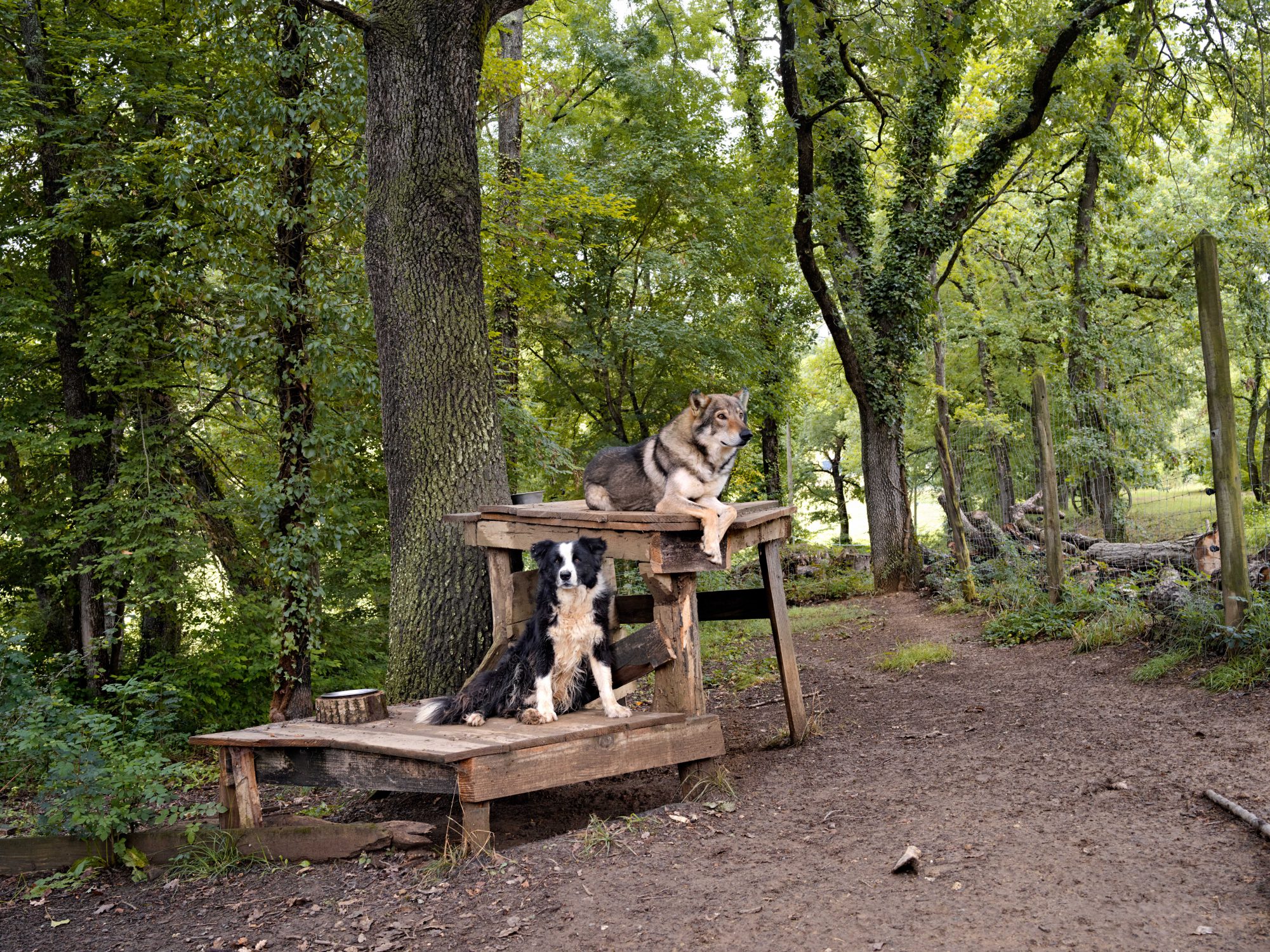
Driving up the steep mountain path to Jack’s farm, we’re startled by the howl of a wolf. It’s not a wolf but Jack’s Irish wolfhound, the friendliest of creatures that follows Jack everywhere.
Jack welcomes us at the door of the farmhouse, which he built himself, just as he built the barn and the stables. In the big framed photos in the living room we see Jack on horseback driving a herd of cattle. The photo was taken in Colorado, where Jack worked for a few months on a ranch that covers thousands of hectares. It’s a clue to where Jack’s passion lies. Here in France, on a farm that has been in his family for generations, he has to make do with 124 hectares.
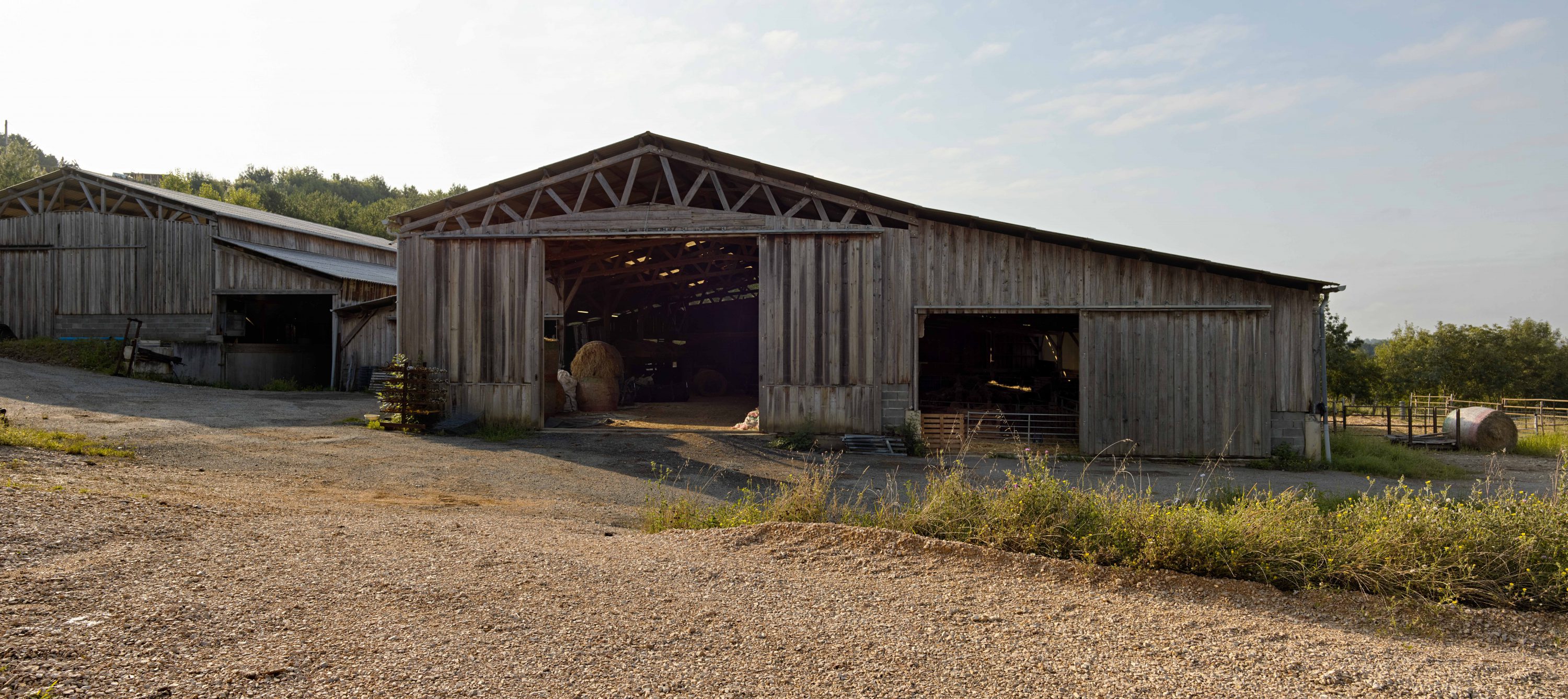

There are no longer any cows on the farm, but it is home to 200 sheep, and it grows traditional grain varieties along with many other crops, in combination with agroforestry.
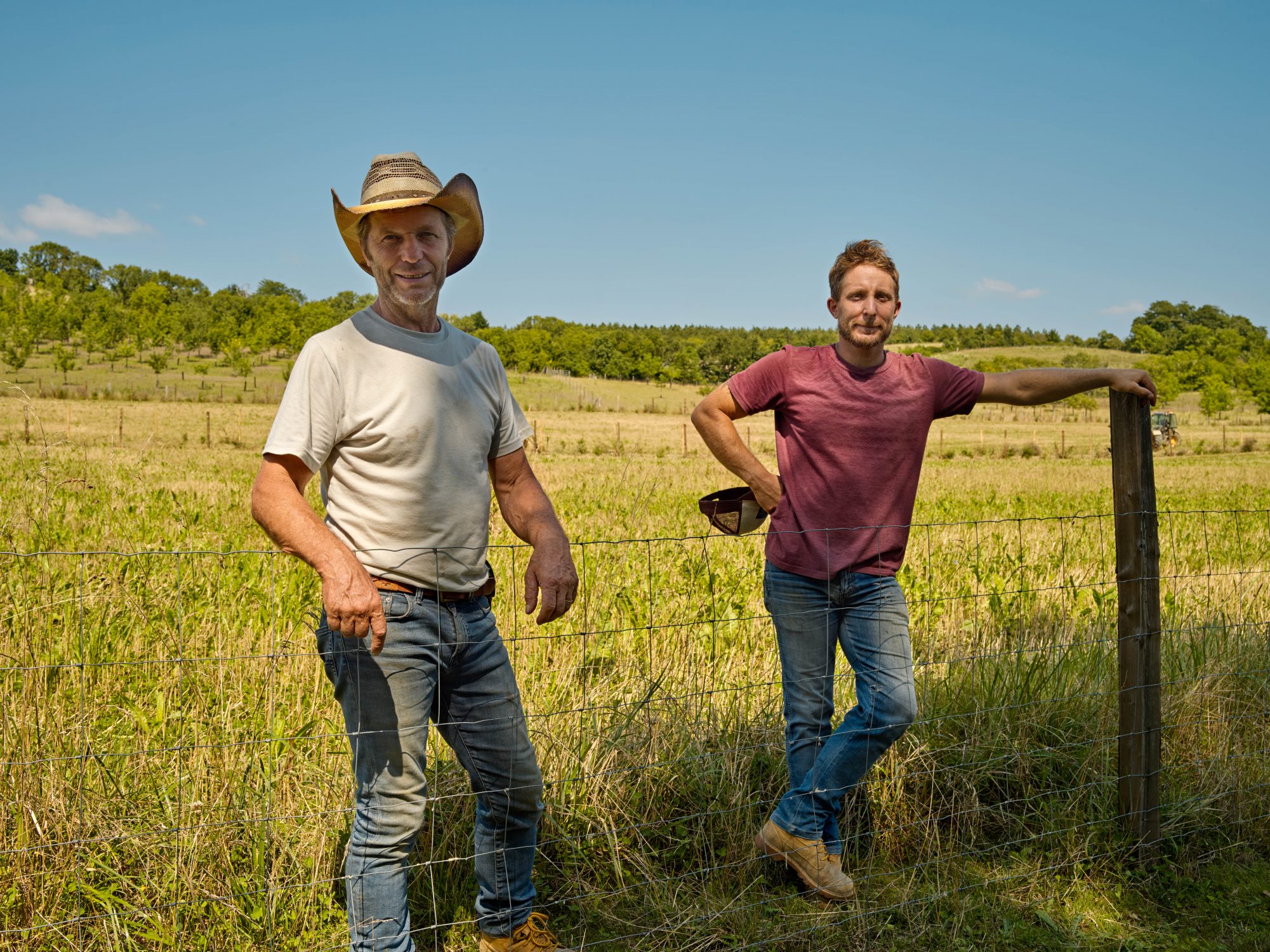
"From a farming principle, we have trees on a large part of the land."
Jack and Kevin de Lozzo
Regenerative Farmers
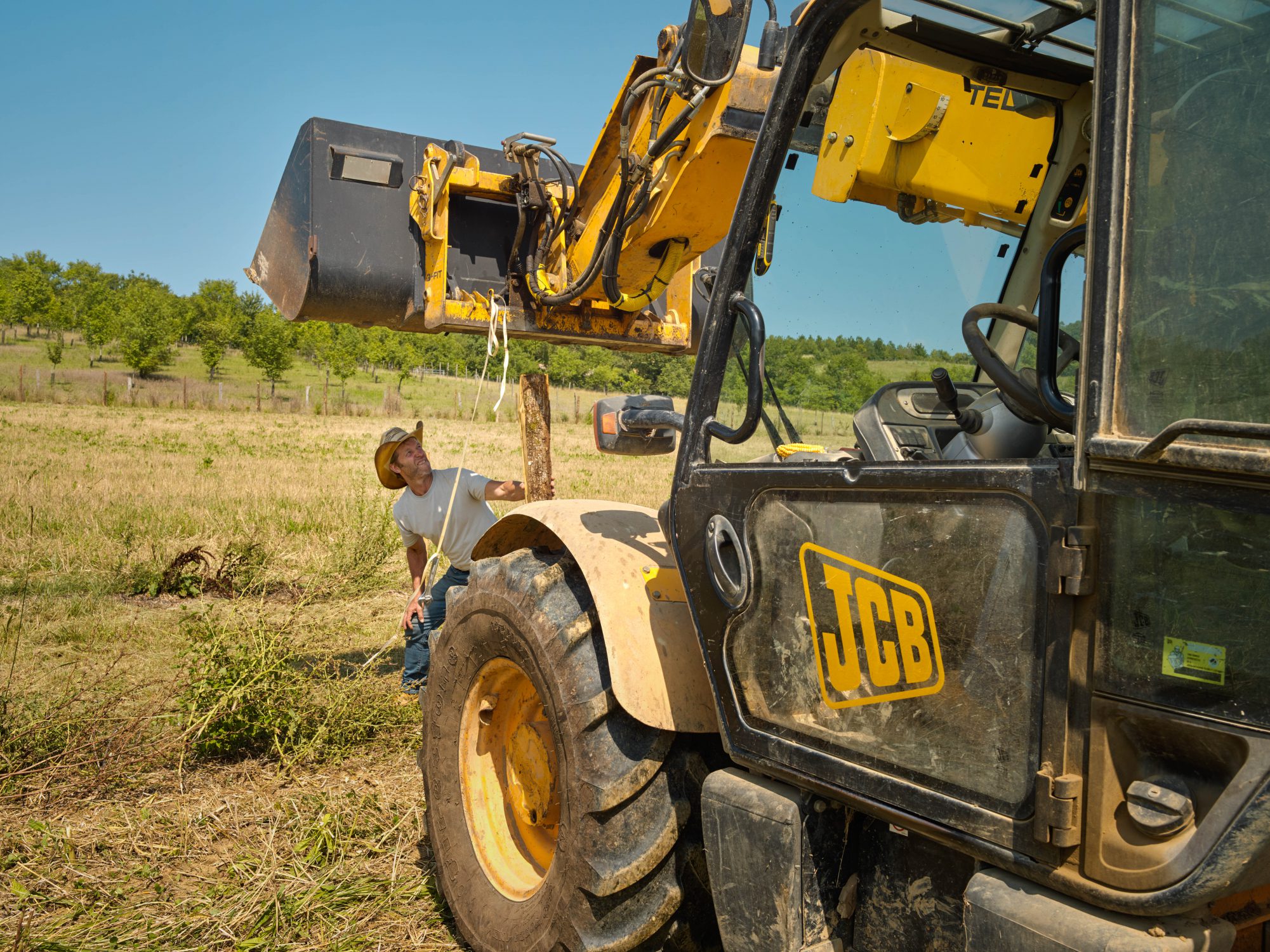
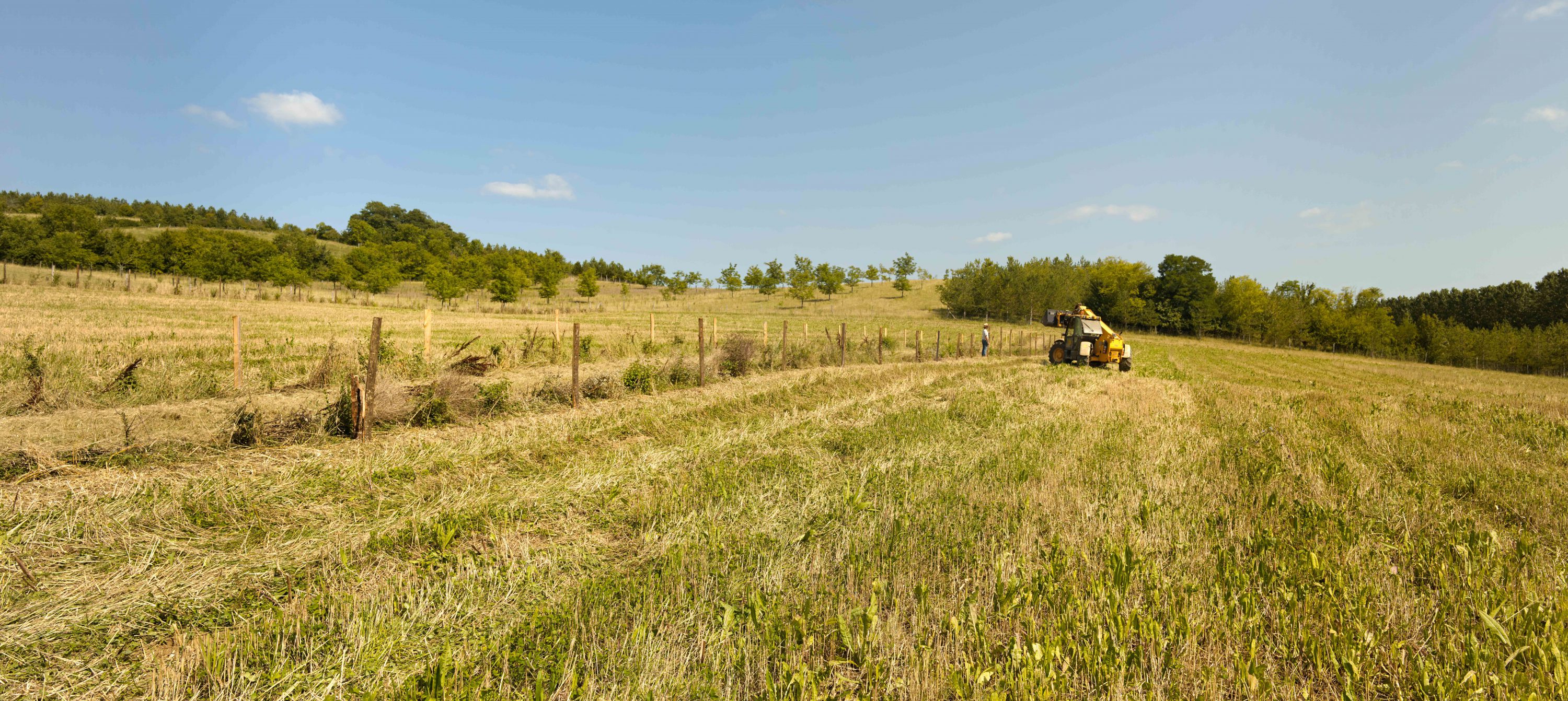
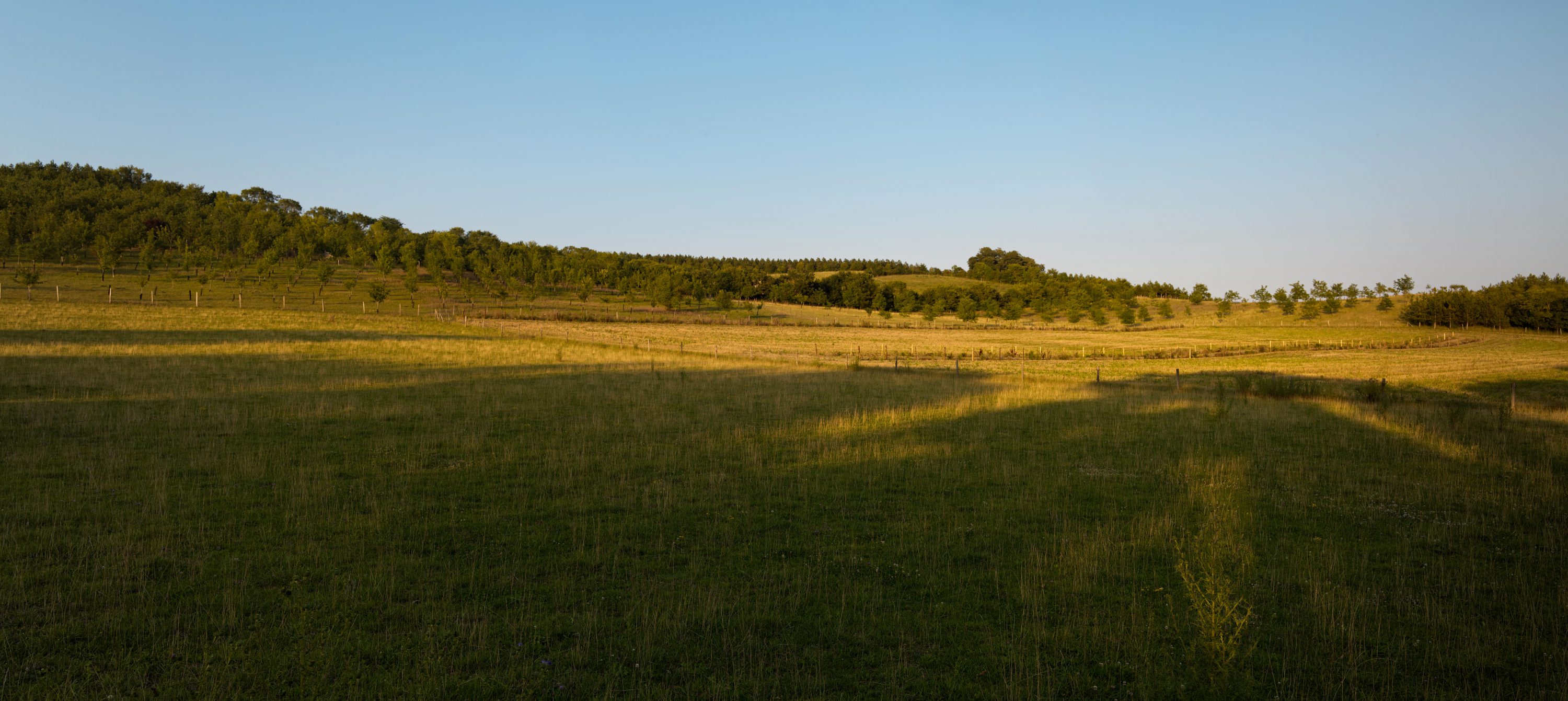
Agroforestry
The term agroforestry designates a system of cultivation in which trees or bushes are deliberately combined with annual crops or with grassland and livestock farming.
One example of agroforestry is the combination of fruit trees or nut-bearing trees with agricultural crops. Agroforestry offers great opportunities for the development of more resilient, efficient and robust production systems, bringing advantages for the farmer, the environment, society and the ecosystem by storing CO2, managing water and boosting biodiversity.
Source: WUR
We have selected another two stories that might inspire you.
